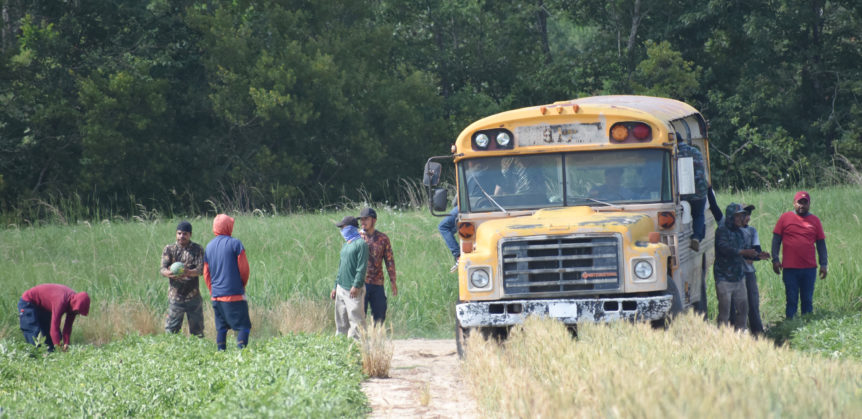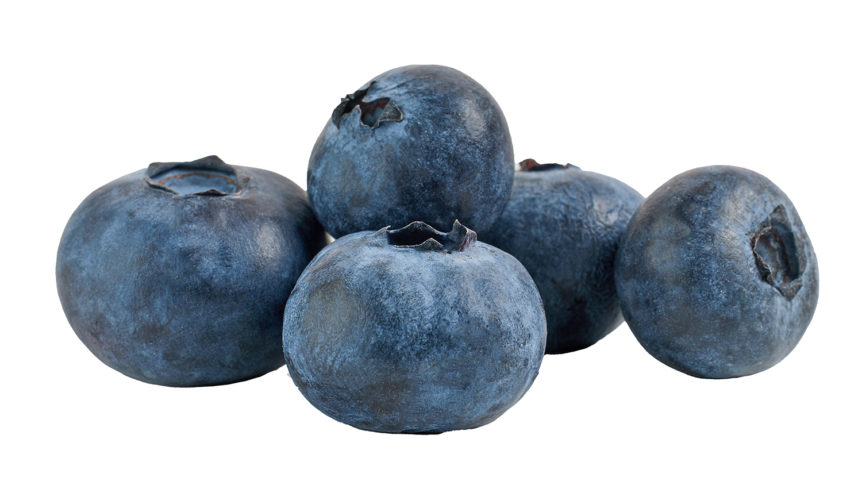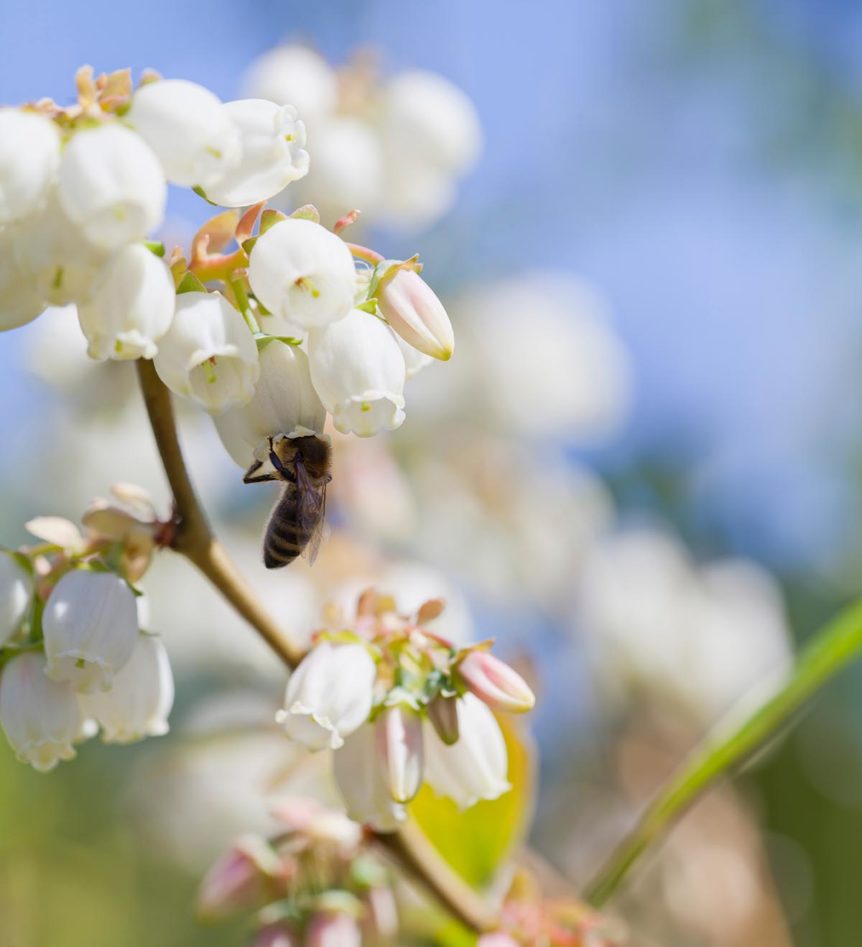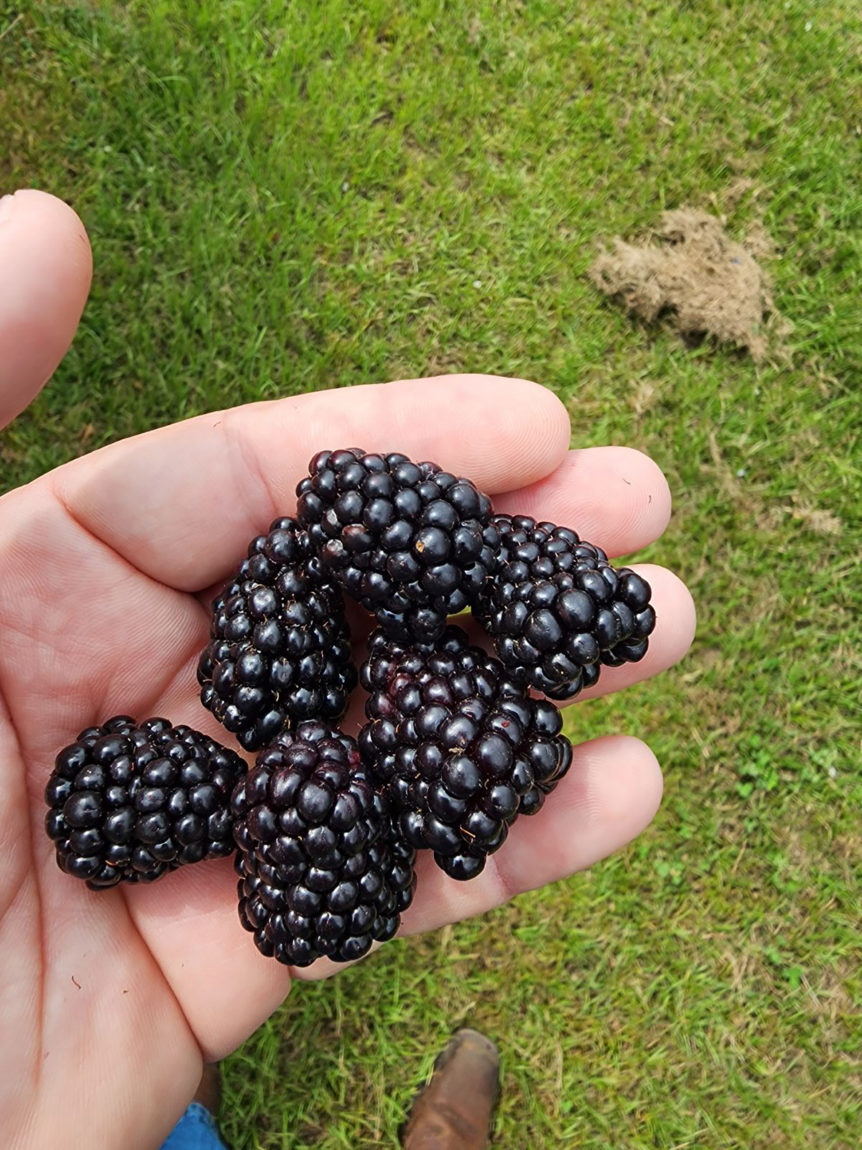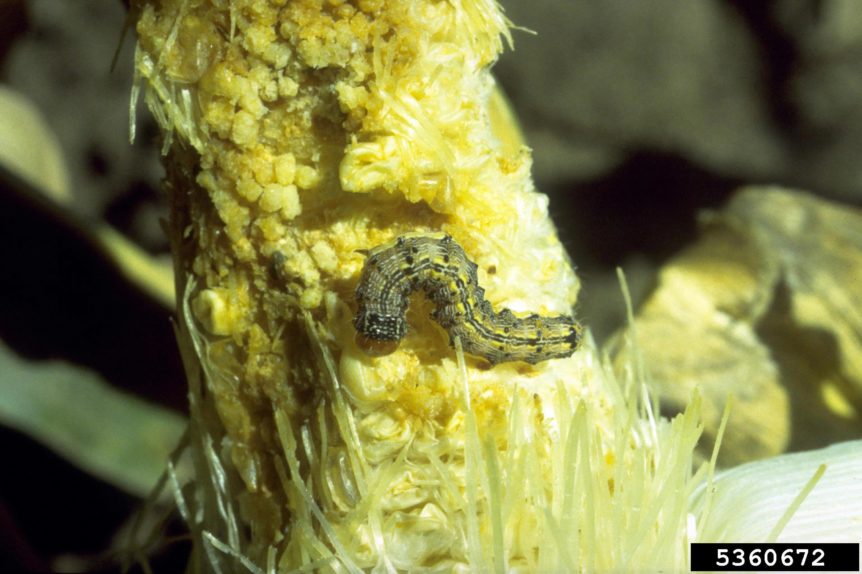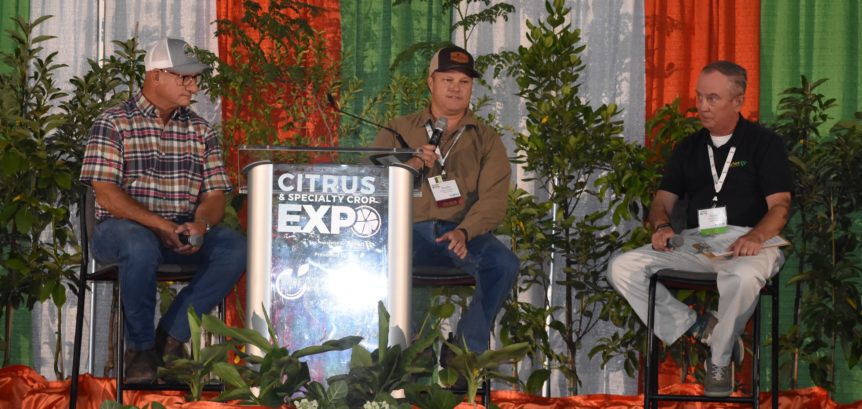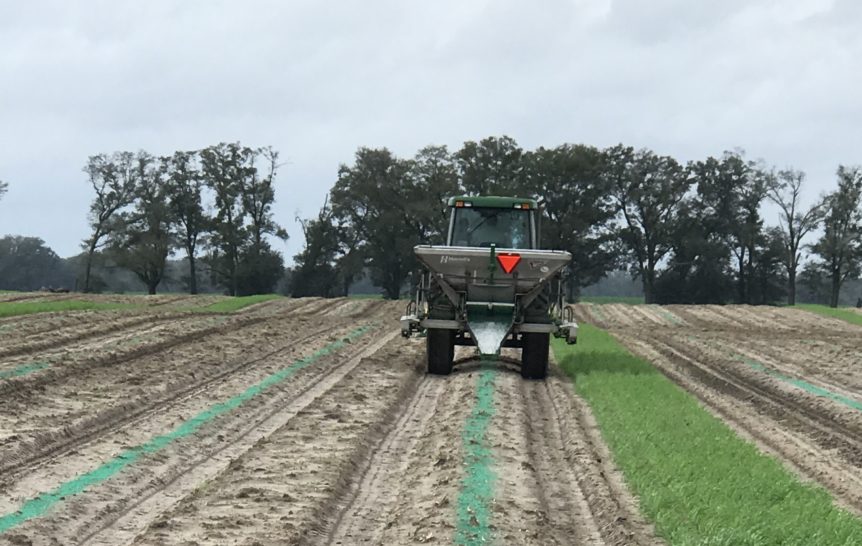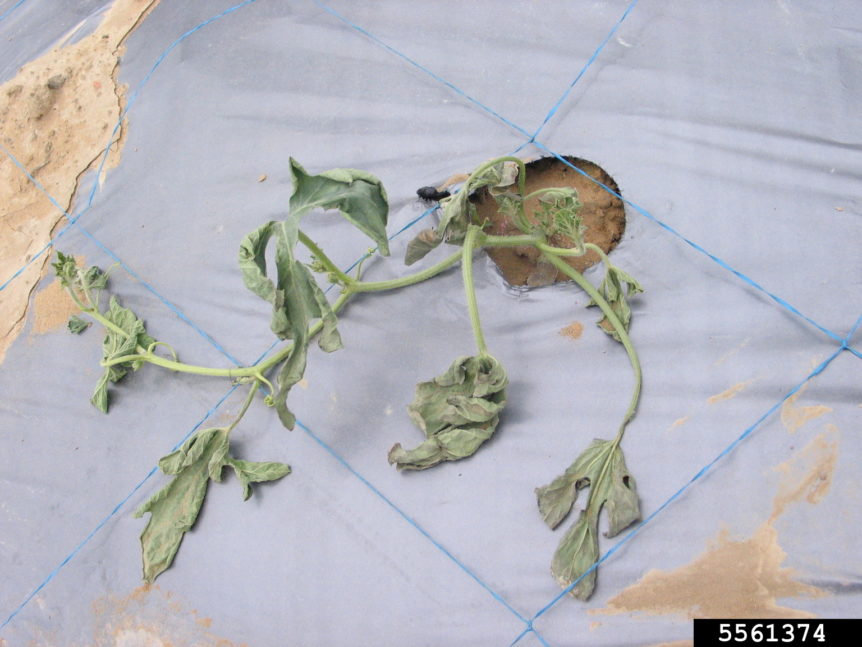By Frank Giles There has been a lot of activity in the past couple of years surrounding the H-2A visa program for agricultural workers. The wage-rate has skyrocketed, and a new final rule, titled Improving Protection for Workers in Temporary Agricultural Employment in the United States, is causing more regulatory heartburn for growers. The rule was published in June and …
Specialty Crop Grower Magazine: Blueberry Varieties in Demand
By Frank Giles The Southeast has become a major production area for blueberries, thanks to strong breeding programs at land grant universities in key states. Here’s a look at several popular, new and under-development varieties from those breeding programs. University of Florida/Breeding Team Lead: Patricio Munoz Sentinel Sentinel is a vigorous, early-season, high-yielding cultivar with no known disease issues, although …
Specialty Crop Grower Magazine: Protecting Blueberry Pollinators
By Frank Giles Among the critical elements in blueberry production are pollination and crop protection materials. Managing how those two interact is important to ensure pollinators like honey bees are protected. Recently, Rachel Mallinger, a University of Florida Institute of Food and Agricultural Sciences (UF/IFAS) assistant professor of pollinator ecology and conservation, published a paper on managing pesticide applications during …
Specialty Crop Grower Magazine: Florida Strawberry Grower Seeing Success With Blackberries
By Clint Thompson Florida farmer Matt Parke is still new to the state’s blackberry industry. But that hasn’t stopped him from achieving significant production improvement from year one to year two. Another boost in production could lead Parke to potentially increase acreage in a couple of years. “Once I get through this year and see how it goes and try …
Sneak Peek: October 2024 Specialty Crop Grower Magazine
The cover story of the October issue of Specialty Crop Grower Magazine highlights blueberries and what varieties are in demand for Southeast growers. Certain varieties released by the University of Florida Institute of Food and Agricultural Sciences (UF/IFAS) and breeder Patricio Munoz include Sentinel, Falcon and FL19-006. Varieties released by the University of Georgia and breeding team lead Juliet Chu …
Specialty Crop Grower Magazine: The Last Word
Top Policy Priority is Labor Reform By George F. Szczepanski I was fortunate enough to take on the role of executive director of the National Watermelon Association at the beginning of 2023. The board’s decision to hire me was primarily influenced by the public policy work I had done as a part of the International Fresh Produce Association staff. As …
Specialty Crop Tracker
By Clint Thompson The Specialty Crop Tracker is a record of this year’s crop progress based on observations from growers, Extension agents and other industry stakeholders on the ground throughout the Southeast. Hurricane Debby Floods Fields In early August, Hurricane Debby slowly rolled through the Southeast, dumping huge amounts of rain in certain areas. For some specialty crop growers, it …
Specialty Crop Grower Magazine: General Session Addressed Issues of Producer Interest
By Clint Thompson The general session at this year’s Citrus & Specialty Crop Expo shined the spotlight on timely topics important to all types of growers. Farm Bill One of those topics was the farm bill, a key piece of legislation that may not be finalized by the end of this year, according to Tori Rumenik, director of commodity services …
Specialty Crop Grower Magazine: Controlled-Release Fertilizers Expensive but Efficient
By Clint Thompson Imagine a scenario for North Florida watermelon producers where leaching of nitrogen fertilizer is greatly reduced, and labor expenses are cut significantly. University of Florida Institute of Food and Agricultural Sciences (UF/IFAS) research is proving it’s not just a dream but a potential reality. Bob Hochmuth, UF/IFAS regional specialized Extension agent in Live Oak, is one of …
Specialty Crop Grower Magazine: Staying Ahead of Fusarium Wilt in Watermelon
By Frank Giles Watermelon production is big business in the Southeast. Florida and Georgia rank No. 1 and No. 2 in production, respectively. According to U.S. Department of Agriculture data, the two states produce half the commercial production in the country. For growers, the fungal disease fusarium wilt can be the worst problem encountered annually. The fungus can be seedborne, …










